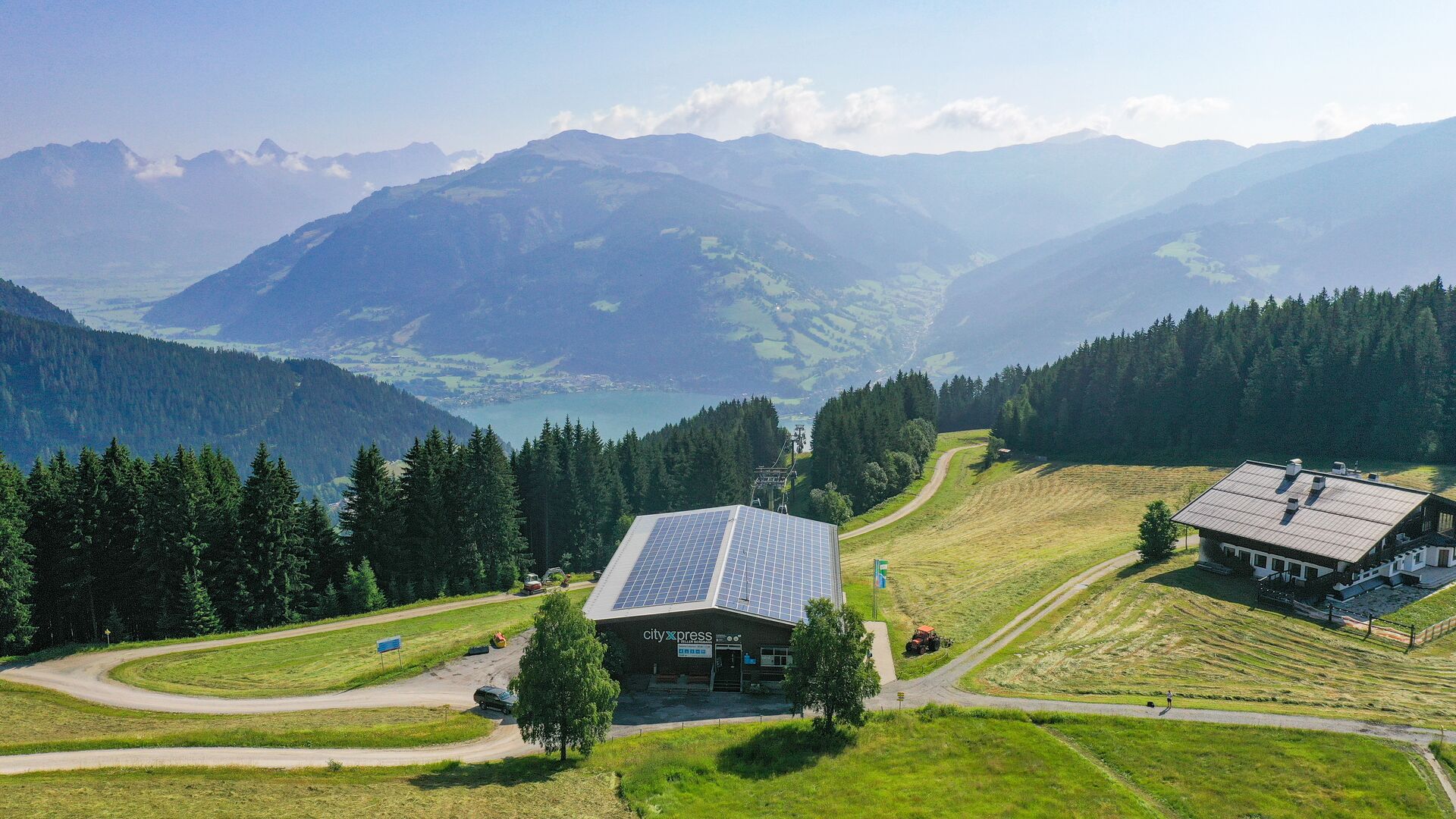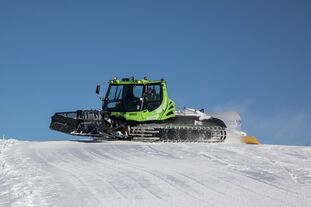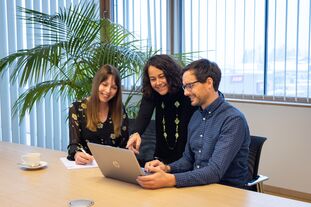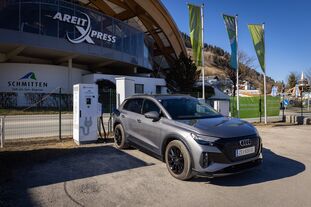Energy and waste management
Optimising energy efficiency & reducing waste
Less is more at Schmittenhöhebahn AG – both in terms of energy consumption and waste generation. The administration building sets a good example and can call itself a low-energy building, heated and cooled with geothermal energy. The amount of waste is kept as low as possible at the lift facilities and also at the culinary establishments.
Photovoltaic systems of the Schmittenhöhebahn AG
In the summer of 2013, Schmittenhöhebahn AG commissioned what was then one of the largest building-integrated photovoltaic systems in Austria. Now, it boasts a total module area of 2,750 square metres, providing clean electricity.
Photovoltaic panels were installed on the Glocknerbahn and the zellamseeXpress – both directly on the façade and on the roof. The system on the cityXpress ensures that every fourth ride up the mountain is powered by self-produced energy. There are currently a total of 14 building-integrated PV systems, and more are already being planned.
Efficiency and sustainability in facility construction
The principle of heat recovery has been used on the Schmitten since 1988. Rooms are heated with the waste heat from the engines of the zellamseeXpress and the areitXpress cable cars. In the Häferl, Panorama and Franzl restaurants, waste heat from the kitchen is used to heat the restaurants.
Schmitten tip
You can find out how to travel to the Schmitten in a resource-friendly way in the “Getting here” section.
An energising future: KEM Region Zell am See – Kaprun
Since 2021, Zell am See – Kaprun has been a Klima- und Energie-Modellregion (climate and energy model region). The aim of this project is for the region to be a role model in terms of climate protection in tourism. To this end, measures are planned and implemented with the active involvement of both locals and guests. The goal of the initiative: to develop the first climate-neutral tourism region in the Alps.
Creative reuse
Schmittenhöhebahn AG advertising materials that have already outlived their usefulness do not always end up in the bin. As part of a Cradle-2-Cradle project, old advertising tarps and other materials were made into handy items such as bags or wallets, for instance.













